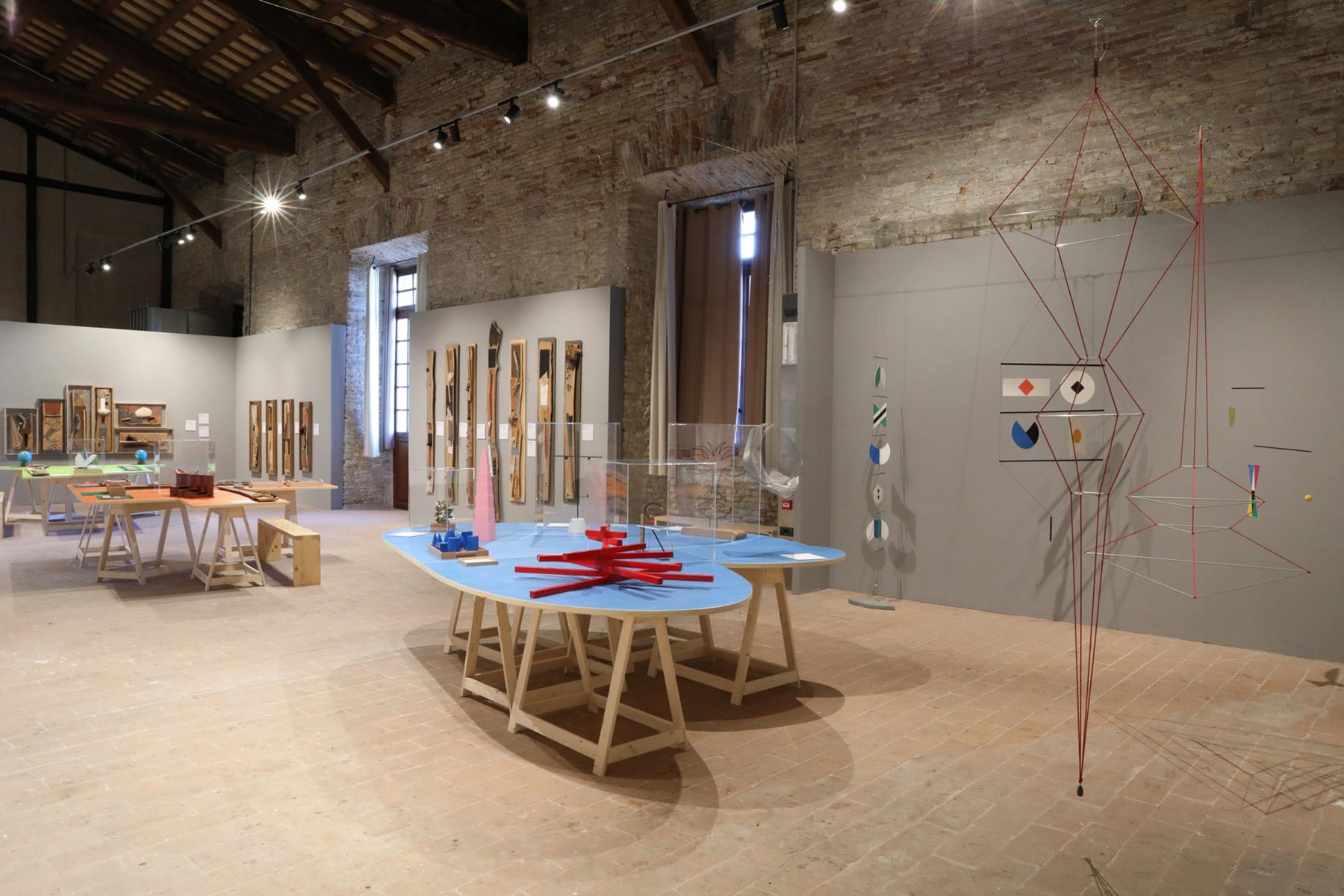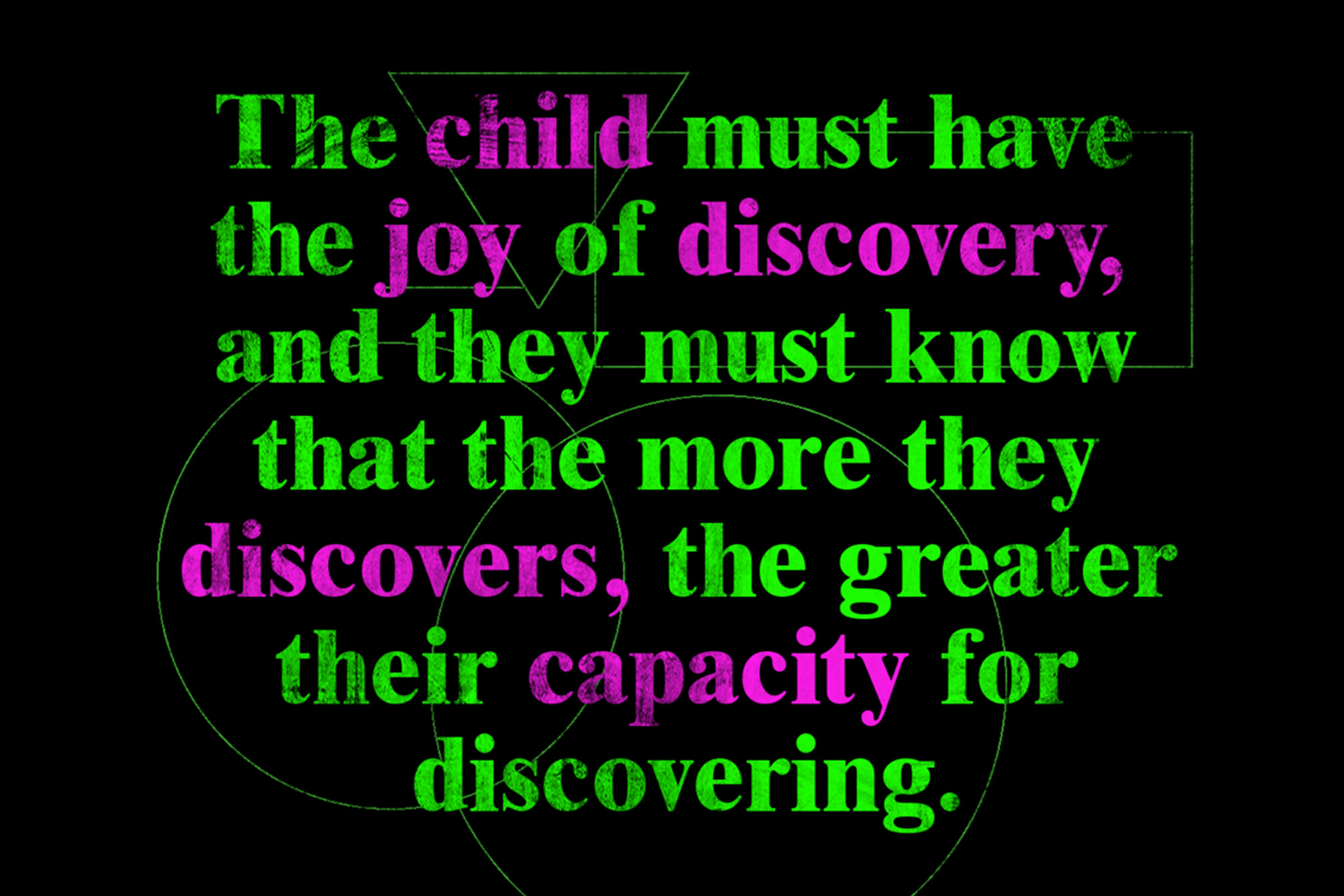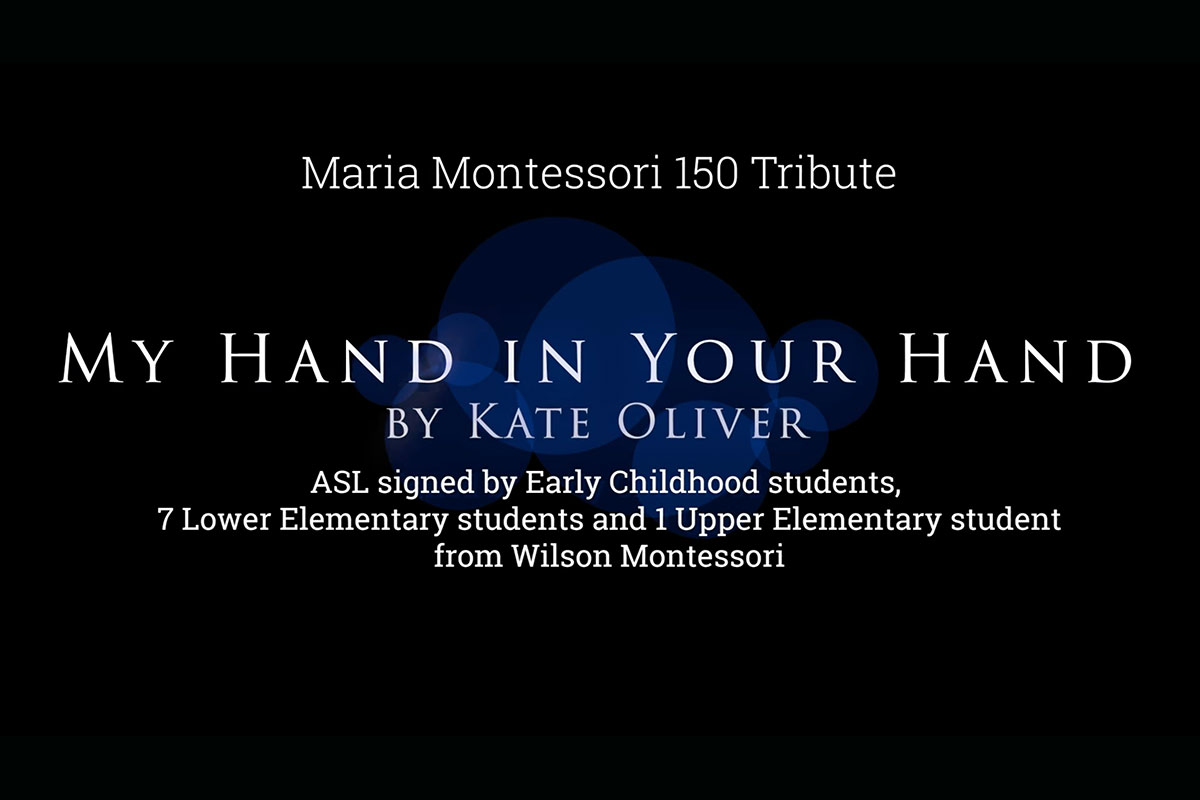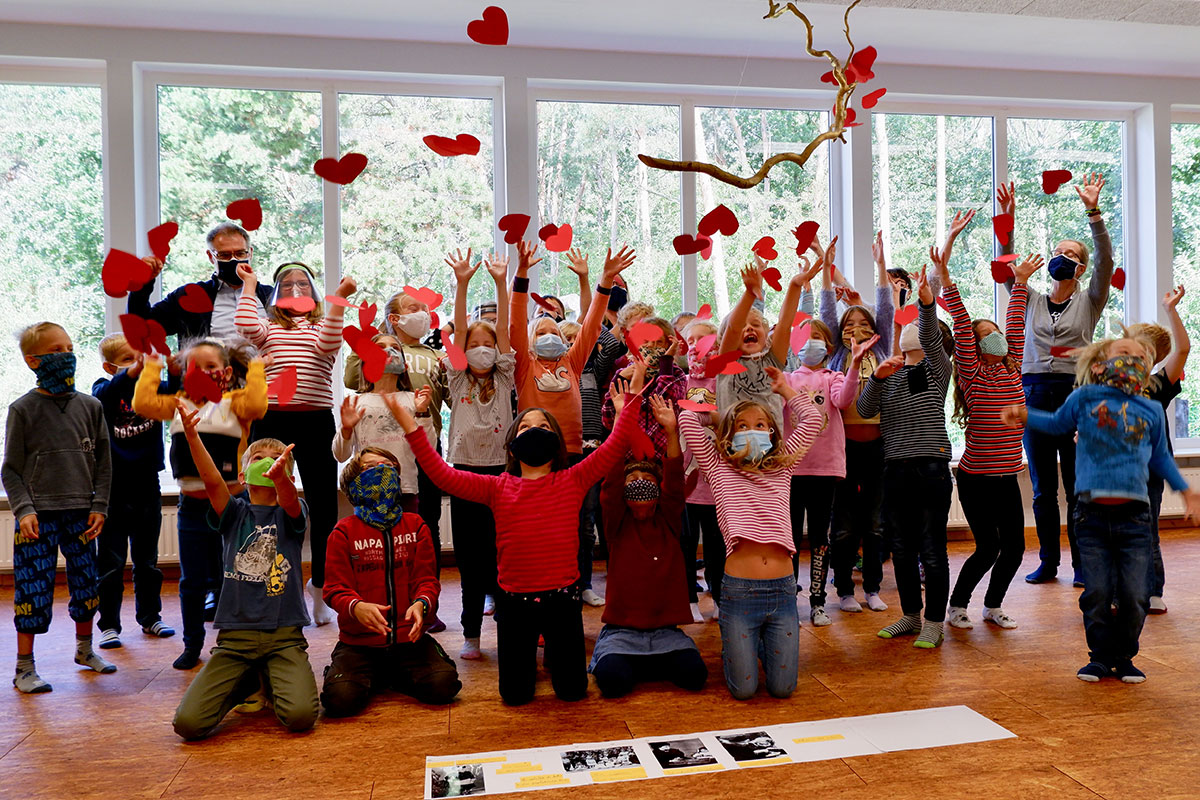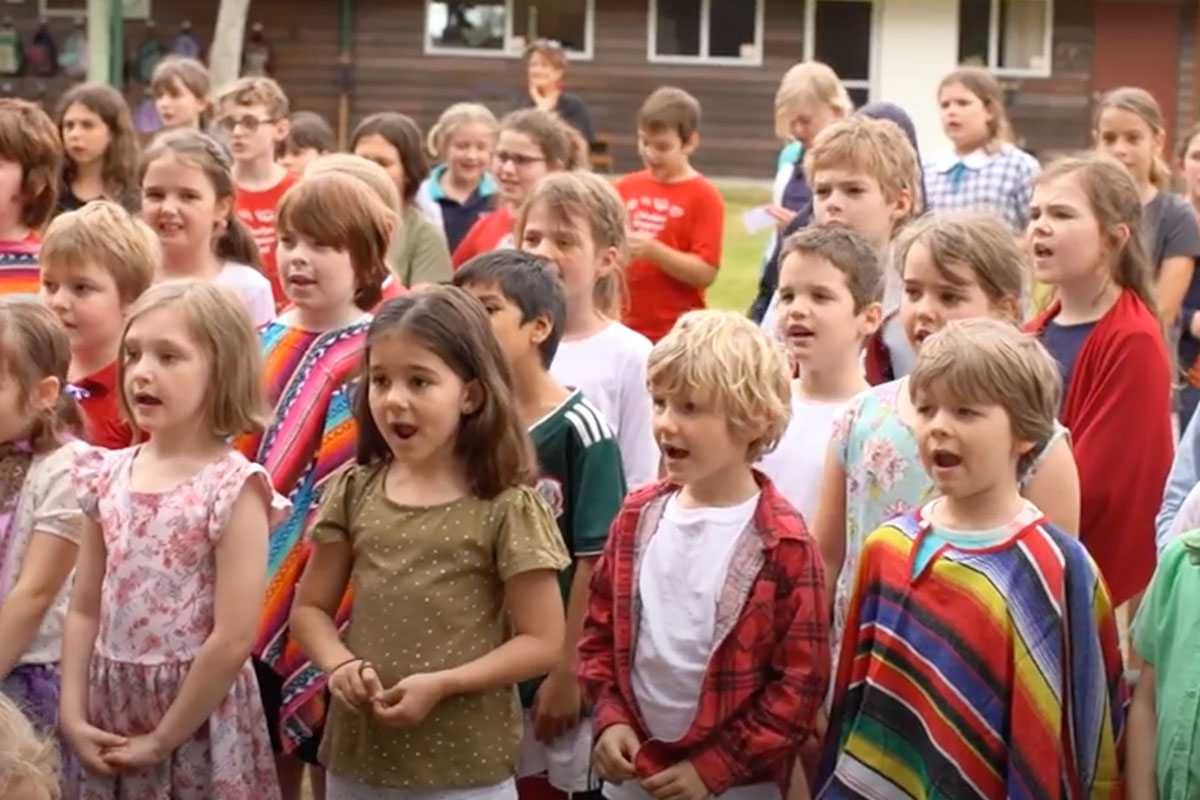Ancona’s Mole Vanvitelliana hosts an interesting exhibition showcasing Bruno Munari’s original ideas and work with the materials and educational model developed by Maria Montessori, with particular reference to her theories about sensorial education, the sense of touch, and the hand, which Montessori called "the organ of intelligence"
"Can we perceive, recognise and appreciate beauty through the sense of touch?" The exhibition "Toccare La Bellezza Maria Montessori Bruno Munari" (Touching Beauty) now underway at the Mole Vanvitelliana in Ancona offers some answers to this interesting question and ideas about possible ways of stimulating this form of "aesthetic awareness".
The exhibition, promoted and organised by Museo Tattile Statale Omero and the City of Ancona in partnership with Fondazione Chiaravalle Montessori and Associazione Bruno Munari, presents the work of these two important personalities in contemporary Italian culture together for the first time. Maria Montessori was a physician, child neuropsychiatrist, pedagogist and creator of a method of education now used in schools of all kinds all over the world. Bruno Munari was a designer, artist, graphic artist and writer whose research and work has made essential contributions in a number of fields of visual and non-visual art, who was also interested in the development of creativity and imagination through childhood play. Though these two illustrious personalities worked in different fields, they had many things in common and were perhaps asking the same basic questions.
The exhibition offers an opportunity to find out more about the ideas and materials adopted by Maria Montessori in her educational method and discover what they have in common with the original ideas and work of Bruno Munari, which in some cases inspired objects used in the application of the Montessori method. The exhibition features Maria Montessori’s educational model and the materials used to implement it, such as the pink tower, the cylinder blocks and the trinomial cube. The materials selected for the exhibition pertain to sensorial education and the hand, which the educator viewed as “the organ of intelligence”.

